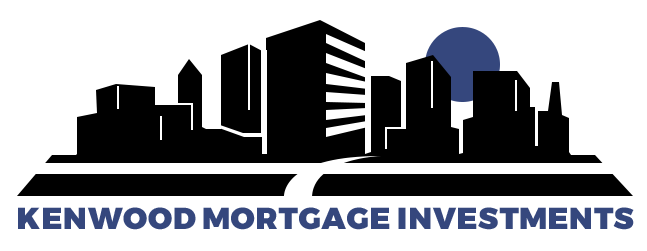R.O.I. Real State – Commercial Newsletter- May 2021
Posted on May 21, 2021
While many commercial asset classes were hit early and hard by the pandemic through closures and shutdowns, most seem well on the road to recovery in the Greater Phoenix Area. The near-term and long-term outlooks for offices, however, remain foggy. As the haze begins to clear, these are some of the trends that we’re watching—and questions that we’re asking:
- What is the true vacancy rate? According to CoStar, office space availability (which includes vacant and sublease space), is 18.2% for Class A properties and 14.2% overall. These statistics are changing quickly due to the volatility in this asset class, lease renewal rates and the amount of space that is under lease, but put on market as sublease space due to tenants occupying space differently now, versus pre-pandemic.
- How and when do employees get back to work? Employers are pushing to get workers back into the office, but it is not as simple as hanging out an “open for business” sign. Companies understandably want the benefits of in-person collaboration, even as simple as having people go to lunch together or chatting in the breakroom. Many employees, however, want the flexibility and efficiency of working from home (WFH) or working from anywhere (WFA).
- Will sublease and direct lease space keep growing? Phoenix sublease and direct availability have been increasing dramatically. The most recent numbers indicate 4.2M SF of sublease space is now on the market, and 35.4M SF of direct space is available. We believe direct space will continue to grow, as leases come up for renewal. Some businesses have been taking an aggressive (and proactive) stance, by bringing unnecessary office space to market as sublease space, where they may have short- or long-term lease commitments. We are seeing numerous financial service and legal firms seek to shrink their office footprint, by planning for an “office hotel”/“guest office” concept, enabling employees to have office space when they need it, but without specifically designating offices for permanent use by specific employees.
- Is it a landlord’s market or a tenant’s market? In most cases, tenants still have the upper hand in negotiations, including pandemic, force majeure and impossibility clauses. Notwithstanding, many landlords are holding firm, for now, with respect to rental rates, but are offering some concessions such as free rent, more tenant improvement (TI) allowances, etc. We believe that once lease renewals really hit, tenants will have even more negotiability.
- Is it a buyer’s market or a seller’s market? National investors perceive Phoenix as still offering relative value. Office cap rates have held stable, hovering near 7% over the past few years, and at 150-200 basis points above California markets, Golden State buyers looking for higher returns accounted for nearly one-quarter of deals over the past year. There have, however, been very few office investment transactions that have closed post-pandemic in the Greater Phoenix Area. Owner-occupant buyers are experiencing tough competition for now, as many owners have not made decisions as to how they will occupy their buildings, going forward. As a result, the inventory level for smaller, owner-occupied buildings is low, and these buildings are still commanding high prices.
To sum it all up, the office asset class, as landlord, tenant, owner or buyer, will continue to be difficult to navigate for the foreseeable future. The number of impending lease expirations in the coming months will also impact what happens, and valuations. R.O.I. believes that the distress this sector ultimately experiences remains the biggest question of all commercial asset classes.
Originally shared via roiproperties.com newsletter. Click here to read full newsletter.



